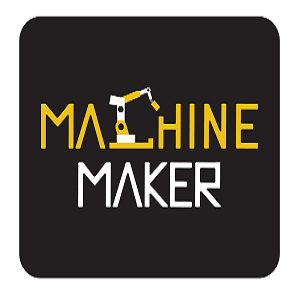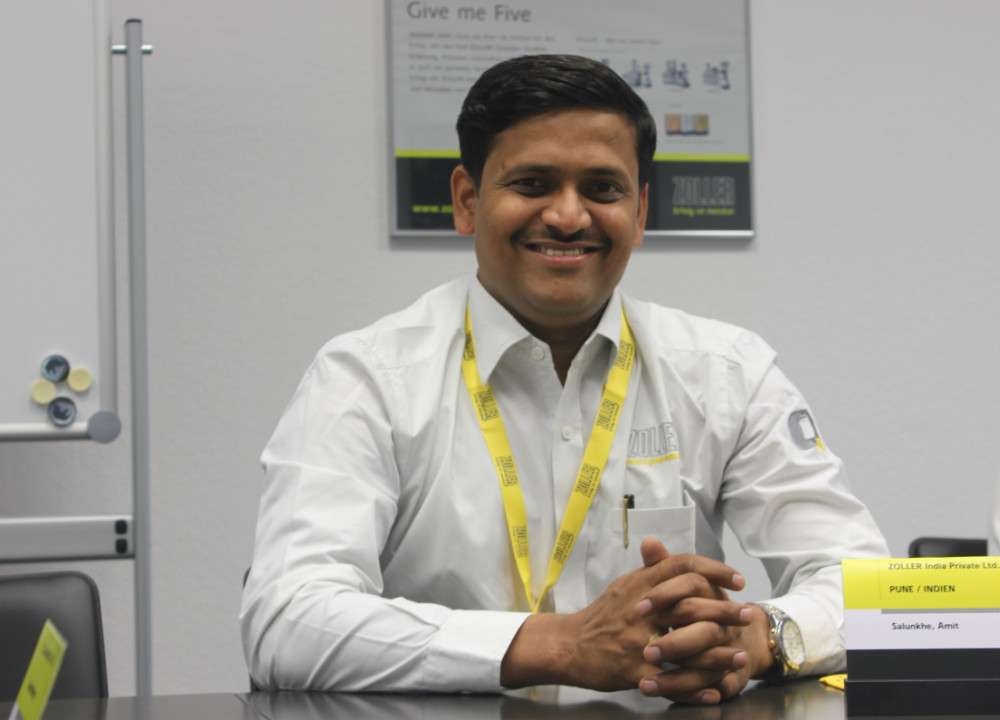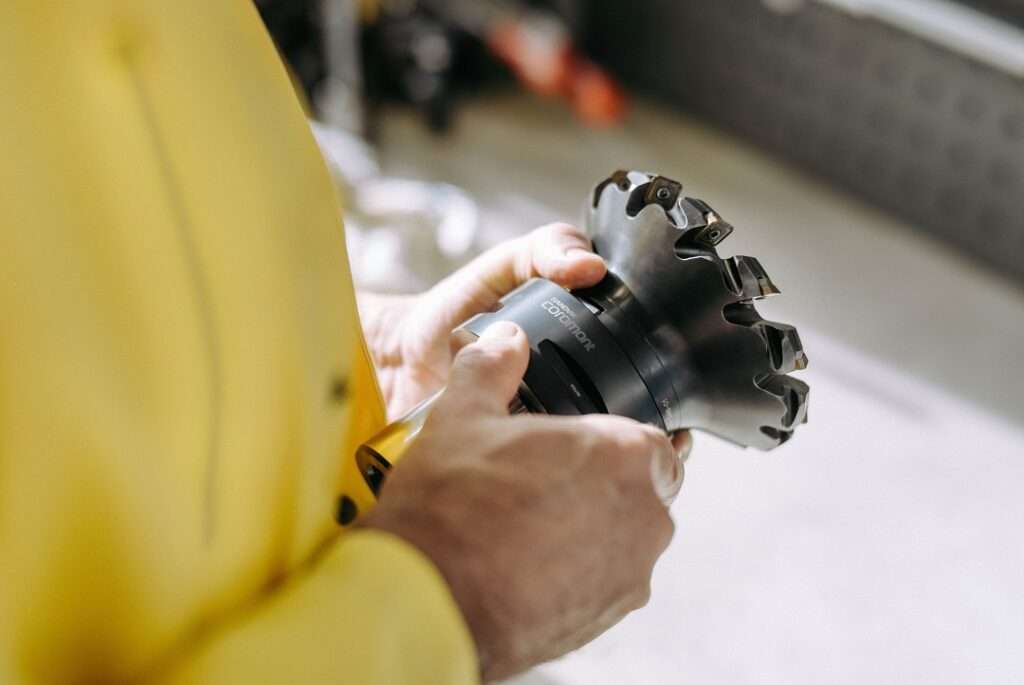“A trainee came and I had given him a pair of callipers to measure the depth of a cylinder. He had no clue how a calliper can double as a depth gauge since he had only been taught online that a calliper can only be used to measure thickness and diameters. Similarly, when I asked a junior about the types of symbols used in engineering drawings, she kept mum.”
Wrik Bhattacharya, a mechanical engineer by profession, was saddened to experience the ground-reality of shop-floors in India. Wrik could only contemplate how this loss of learning will only worsen once online classes are normalized in the future. When this is the case in normalcy, what would be the future with online classes in place?
With the advent of COVID 19, we saw a drastic change in our lifestyle, education, livelihood, and communication. Work-from-home, which was mostly restricted to the IT domain, has now been integrated into every industry. Lockdown was a phase that we enjoyed initially, but soon after the work-life balance hit a toll, we felt the urge to return to our physical workplace. The accustomed cacophony of travelling to the workplace, the quintessential adds, and the chai-breaks indeed make our professional journey enjoyable a pinch extra!

Amidst this, the entire education system of India has witnessed a revolution. With schools and colleges shut, now, for more than a year, the entire system is forced to operate online. The usual classroom rituals are now observed virtually. There is no scope of sharing chitchats or playing puzzles in classrooms, no playground to run helter-skelter, and no social space for peer-to-peer interaction. The parents are panicked while assembling the resources for virtual classes. School days are gone! As virtual classes gain traction and become the raging trend, many agencies are mushrooming to provide the best online coaching classes! Can everything be taught online?
When the usual theoretical classes can still be held this way, what about the practical experiences one should learn in engineering? The engineering manufacturing sector requires a physical workforce to run the shop-floor. We have witnessed the initial three months of lockdown plummeting productions and especially in the MSMEs as they are deprived of sufficient means of running the operations without labour.
MSMEs were also not declared as essential services. The downtime and the production standstill it faced, are unsurmountable. And, in this scenario, what about those engineers who are yet not exposed to the production setup?
Does the Indian engineering education system have the basic infrastructure to go online?
 Wrik has been associated with one of the eminent manufacturing houses. He says, “My answer would be a ‘Big No.’ I would like to justify the fact by asking a question. ‘Is it possible to learn the parts of a machine by just viewing working animations and images on a screen?’ No, it isn’t! The student who barely skipped through a few photos of what the IC engine looks like will never remember which parts are involved in the practice.
Wrik has been associated with one of the eminent manufacturing houses. He says, “My answer would be a ‘Big No.’ I would like to justify the fact by asking a question. ‘Is it possible to learn the parts of a machine by just viewing working animations and images on a screen?’ No, it isn’t! The student who barely skipped through a few photos of what the IC engine looks like will never remember which parts are involved in the practice.
Now, coming to basics like Carpentry, fitting, and other allied workshop practices, it is impossible to learn these without physical interaction. The same goes for metrology, dynamics, refrigeration, fluid dynamics labs. It will turn out to be a disaster since a person who has only seen images of a “Lathe” will never know how to turn it “on” leave operating it.”
About several websites offering lab classes, and several videos on online platforms which can help to clear out concepts, Wrik strongly believes that they can only be helpful to students who are adept in practical applications and have worked on the machines, physically. “Our brain can remember things which we touch and feel for a longer period, rather than seeing images”, explains Wrik.

“In the short term, it is affecting students’ learning. Especially the students who are in their final year would bear most of the brunt. Junior batches may get time to catch up if they can come back to campus. We are willing to spend extra time and effort to compensate for losses but the situation has to improve for on-campus classes/lab/project first”, commented Dr Prabhat Ranjan, Vice-Chancellor of D Y Patil International University based at Pune.
How the Human Resource Department is prepared for the impending challenges of finding the right fit for the core engineering sector? “It would be prudent to point out the impossibility of designing a high-quality virtual program coalescing online teaching, simulations, and also the lab environment together. Engineering is a hands-on profession, and hence designing lab simulation at the expense of physical labs would be a very costly and cumbersome process.
The interest level of students would also be a major factor to be measured, as we have seen a huge upsurge in interest level in subjects like mathematics, coding, science being taught online, however, the same amount of innovation in teaching engineering is still a work in progress. The uphill task requires a great level of change management”, said Samit Kumar Mishra, an HR professional with ten years of strong expertise in the manufacturing sector.

Evidently, engineering institutes are equipping themselves to take online classes via skype and other platforms, and it’s difficult for the majority of teachers to explain certain concepts since they have never done it this way before. Working models of certain machine elements are being shown via slides and videos to students. Some teachers are even trying to prepare working models which would encourage students to take interest in learning. Exams and academic quizzes have been diligently shifted online to help candidates polish their skills.
Nonetheless, online classes are yet to branch out fully in a developing country like India where internet connectivity, inadequate resources across the tier I and tier II towns, and general passivity towards online learning have posed as big impediments. Candidates from core branches can make themselves industry-ready with additional training from tool rooms, industry visits, and short-term industry training. Learning should be embedded in the practical scenario to help students understand the fundamental concepts, such as how plants work.
On these excursions, students will be working with new industrial machinery. Educational tours are imperative to acquaint students with futuristic workplace scenarios—a feat that can hardly be achieved by merely sticking to the outdated syllabi followed in the engineering colleges. Both industry and academia must work hand-in-hand to create a great engineering eco-system conducive to students’ professional success!







